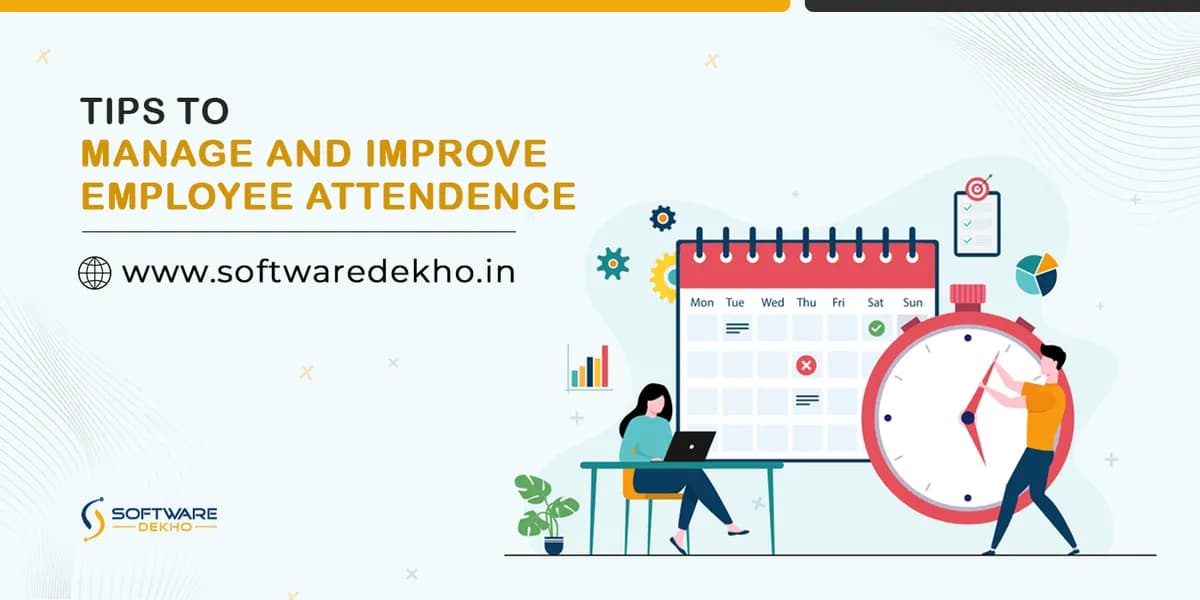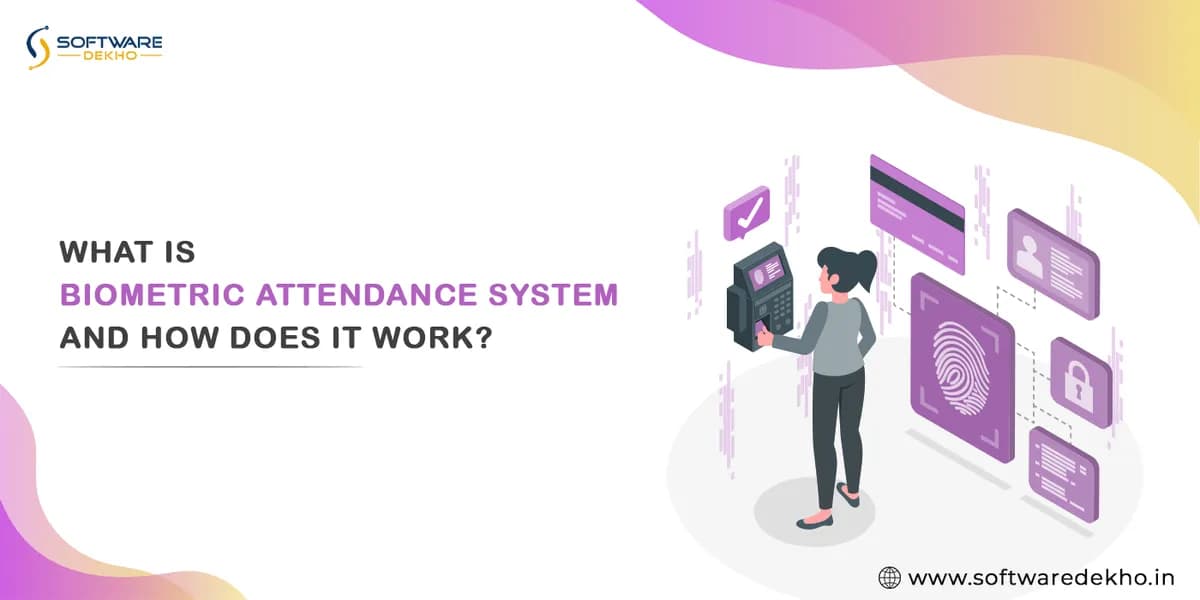Tips to Manage and Improve Employee Attendance
Everyone understands the significance of being present at work. However, for businesses, consistent employee attendance is important for smooth operations, high productivity, and overall success. While managing attendance effectively can be challenging, here are some practical tips to help you navigate this aspect of attendance management.
Create a Clear Attendance Policy
Clear and Easy to Understand:
Create a policy that outlines reasons for absences, tardiness, early leave, and overtime procedures. Make sure it's easy to read and readily available for everyone, like on the company intranet or in employee handbooks. Don't forget to include the consequences for any employee attendance issues.
Educate newly hired staff:
Talk to your team about the policy during onboarding, training sessions, or even company meetings. This helps everyone understand what's expected and avoid any confusion.
Build a Responsible Culture
Setting Expectations:
Clearly explain what you expect from employees regarding attendance. Talk about the importance of being on time and working the expected hours. Regular discussions and performance reviews can help emphasize this point.
Leading by Example:
As a manager, set the tone by showing up on time and following the same rules you expect from your team. This demonstrates good work habits and encourages others to follow suit.
Make Work Easier with Technology
Time and Attendance Systems:
Consider using attendance management systems to track employee clock-in and clock-out times, leave requests, and absences. These tools automate tasks, reduce errors, and provide accurate data for better decision-making.
Flexible Work Options:
When possible, explore offering flexible work arrangements like remote work or flexible start and end times. This can improve employee satisfaction and work-life balance, potentially leading to better attendance management.

Get to the Root of Absenteeism Issues
Learning from Departures:
When employees leave the company, consider conducting exit interviews to understand the reasons behind their absence patterns. This valuable feedback can help you identify and address any potential issues within your organization.
Support Employees with Resources:
Sometimes, personal struggles or health concerns can affect attendance. Consider offering or making readily available confidential employee assistance programs or other resources to support those facing challenges that might impact their work attendance.
Cultivate a Positive Work Environment
Prioritizing Employee Well-being:
Invest in initiatives that promote employee well-being, such as wellness programs, stress management workshops, and healthy workplace initiatives. A healthy and happy workforce is more likely to be present and engaged.
Recognizing and Rewarding Good Attendance:
Implement programs to acknowledge and reward employees who consistently demonstrate good attendance habits. This positive reinforcement encourages punctuality and reinforces desired behavior.
Encourage Open Communication:
Open Communication:
Encourage employees to communicate any potential attendance issues to their managers proactively. This early communication allows for addressing concerns quickly and collaboratively finding solutions.
Active Listening:
When employees express attendance concerns, listen attentively and try to understand the root cause of the issue. Show genuine concern and work together to find solutions that benefit both the employee and the organization.
Ensuring Fair and Consistent Policy
Fair and Consistent Enforcement:
Establish a fair and consistent enforcement system for attendance policy violations. This ensures everyone is treated fairly and deters future infractions.
Progressive Discipline:
Implement a system where the consequences for violating the policy increase with repeated offenses. This allows for opportunities for improvement while ensuring accountability.
Additional Considerations:
Provide Paid Time Off (PTO): Offer adequate paid time off to allow employees to take care of personal needs and maintain a good work-life balance.
Regular Policy Review: Regularly review and update your attendance policy to reflect changes in regulations or any internal organizational needs.
Seek Professional Guidance: Consider consulting with HR professionals or legal counsel for assistance in developing and implementing effective attendance management strategies.
By using these suggestions and promoting a culture where people talk openly, take responsibility, and focus on well-being, you can make a workplace where employees want to be and get involved. This makes the organization more efficient and productive. Keep in mind that a proactive and integrated approach is key to successfully managing and improving employee attendance.
You must conduct thorough research and read user reviews to choose the best software for your needs. So, take a look at our website to understand better!
Let's Talk about Software!






